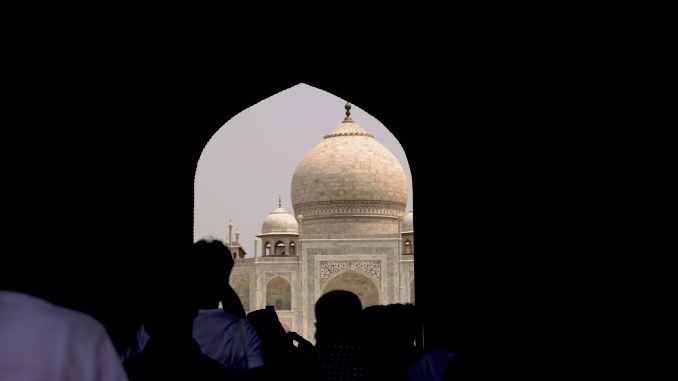
Pic: Grace Madigan
One of the things I had thought about before coming to Bengaluru was how I’d be seen as a Chinese American woman. The blogs I had read—mainly by white travelers—described the awkward staring that they experienced.
Just a couple months before coming to India I visited a friend living abroad in Ireland. I stayed in a small sea-side town with her and her roommates who were all Irish. While her fair skin that I always teased her for and red hair made her blend in seamlessly, my black hair and tan skin stuck out like a sore thumb.
Being from a small city outside of Seattle which itself isn’t that diverse of a city, I’m used to being the only person of color in a room. I’ve become accustomed to how people will dance around certain questions until they get the answer they’re looking for. Or the subtle comments that are made in reference to my skin color.
Since getting to India I realized that my looks actually helped me blend in…at least if I kept my mouth shut. The first few days I was surprised when Hindi or Kannada was spoken to me. One woman on the street even asked me for directions and was confused when I said I had no idea.
I hadn’t really been fully appreciative of being able to fly under the radar as much as a tourist can until I went to Delhi with a high school friend. We took a train out to Agra to see the Taj Mahal. We wandered through the grounds of the Taj and split up each taking our own time. When we reconvened my proud French-friend with pale skin and brown hair exclaimed how many people asked to take their photo with her. She asked me how many times I was asked to. I hadn’t been asked at all.
The day before going to Agra, we spent the day in Delhi and checked out the National Gallery of Modern Art. I always enjoy visiting museums with this friend—she’s a rare art student who is able to refrain from any pretentious comments or need to convey to everyone that she herself is an artist.
What we were both struck by was the influence of other cultures in the artwork which reflected the country’s unique history. It shouldn’t be a surprise that we saw this but it’s difficult not to be taken aback seeing an 18th-century style portrait of an Englishman with a small placard next to it printed with an Indian name.
When you walked around there were scenes of the country painted by Englishmen and by Indians in the same European-style. Two different perspectives—one from the colonizer, the other the colonized.
I’m the first to admit I don’t know a lot about Indian history. But I have taken classes that discuss empire and colonialism. It’s one thing to learn about the expansiveness of the British Empire but it’s quite another to travel anywhere in the world and see the traces of the past still festering.
All of this to say that I think it’s interesting to see white people confronted with their own identity for perhaps the first time, especially Americans when they come to a place like India. There is a great irony to their uncomfortableness. The only reason they feel comfortable back home in America is that their forefathers succeeded in what the British did not in India.
There is the unique fact that in America, none of us belong there, save for the Indigenous peoples of the land. Yet we are so obsessed with race, it’s a drug that we can’t stop consuming. For people of color, it’s unavoidable to feel the side-effects of it. The drug tells us we don’t belong here even though those spitting those words at us don’t either. But when they come to India or anywhere else in the world they expect to be embraced.
Of course, not all Americans are like this, many do visit new places with an open mind and heart. But the difference is that for white Americans when they visit non-European countries they are faced with the baggage of a past that they get to ignore every other day. For people of color abroad, it’s with us all the time.
An interesting perspective.